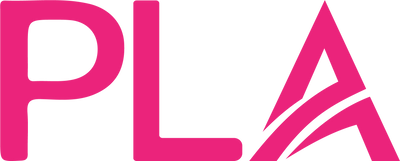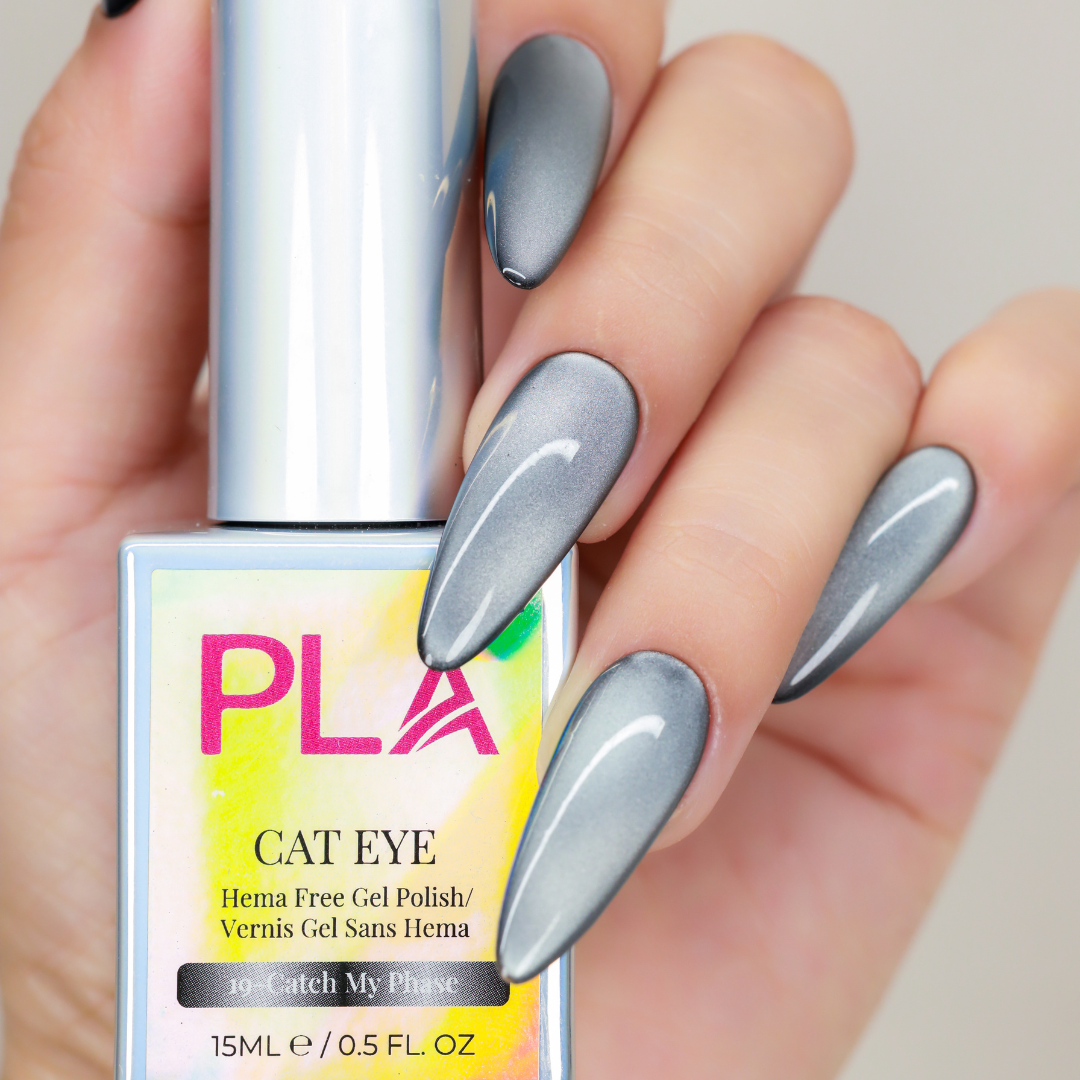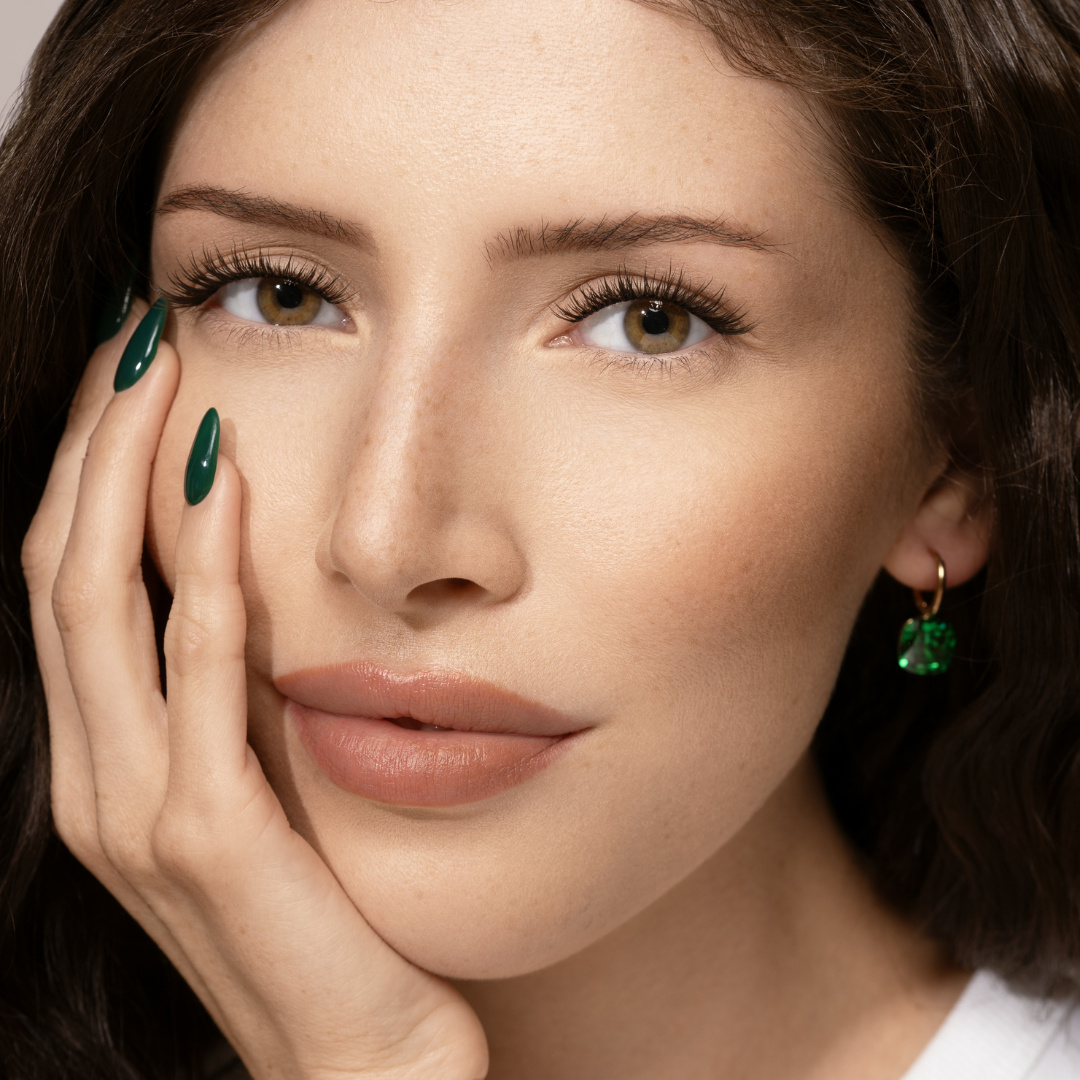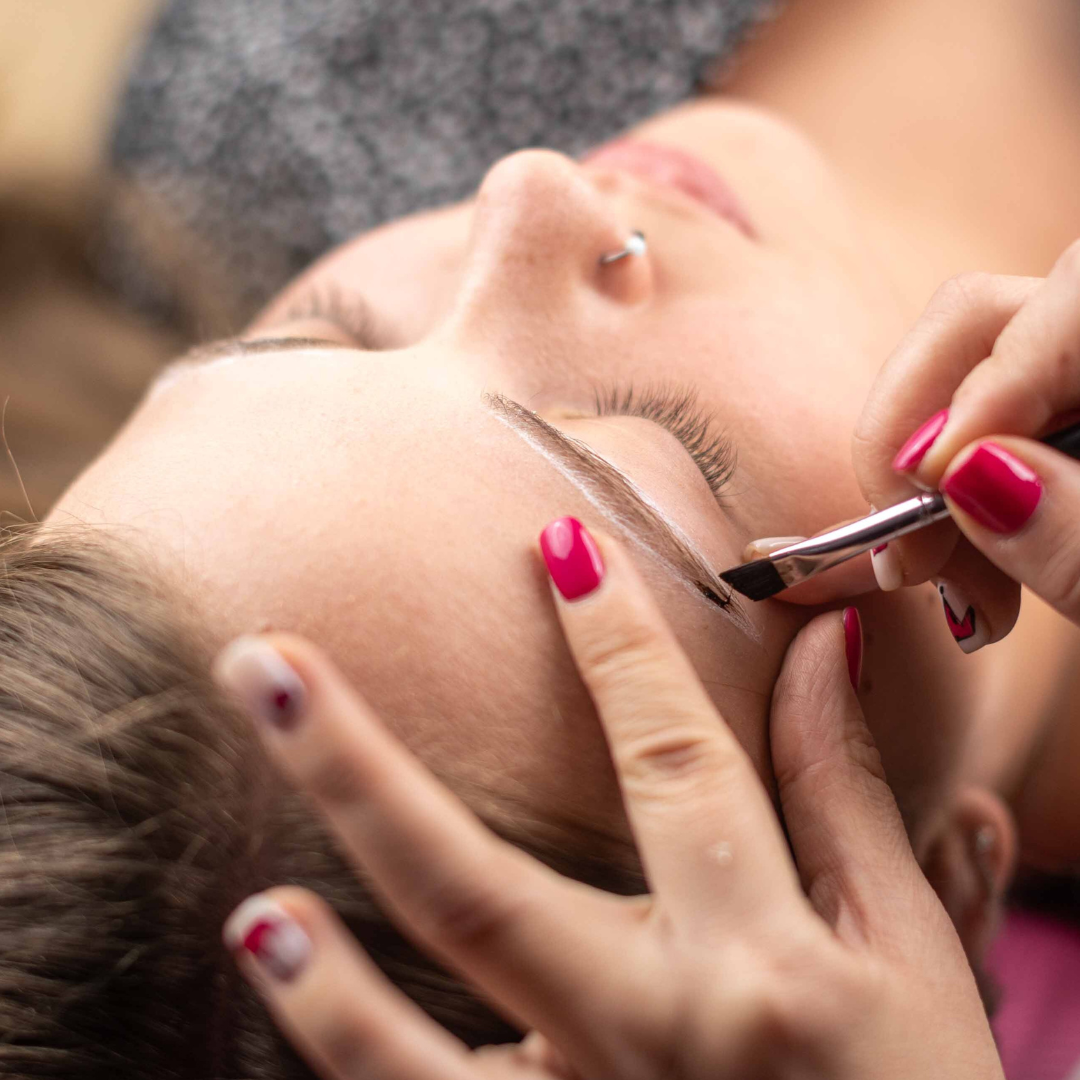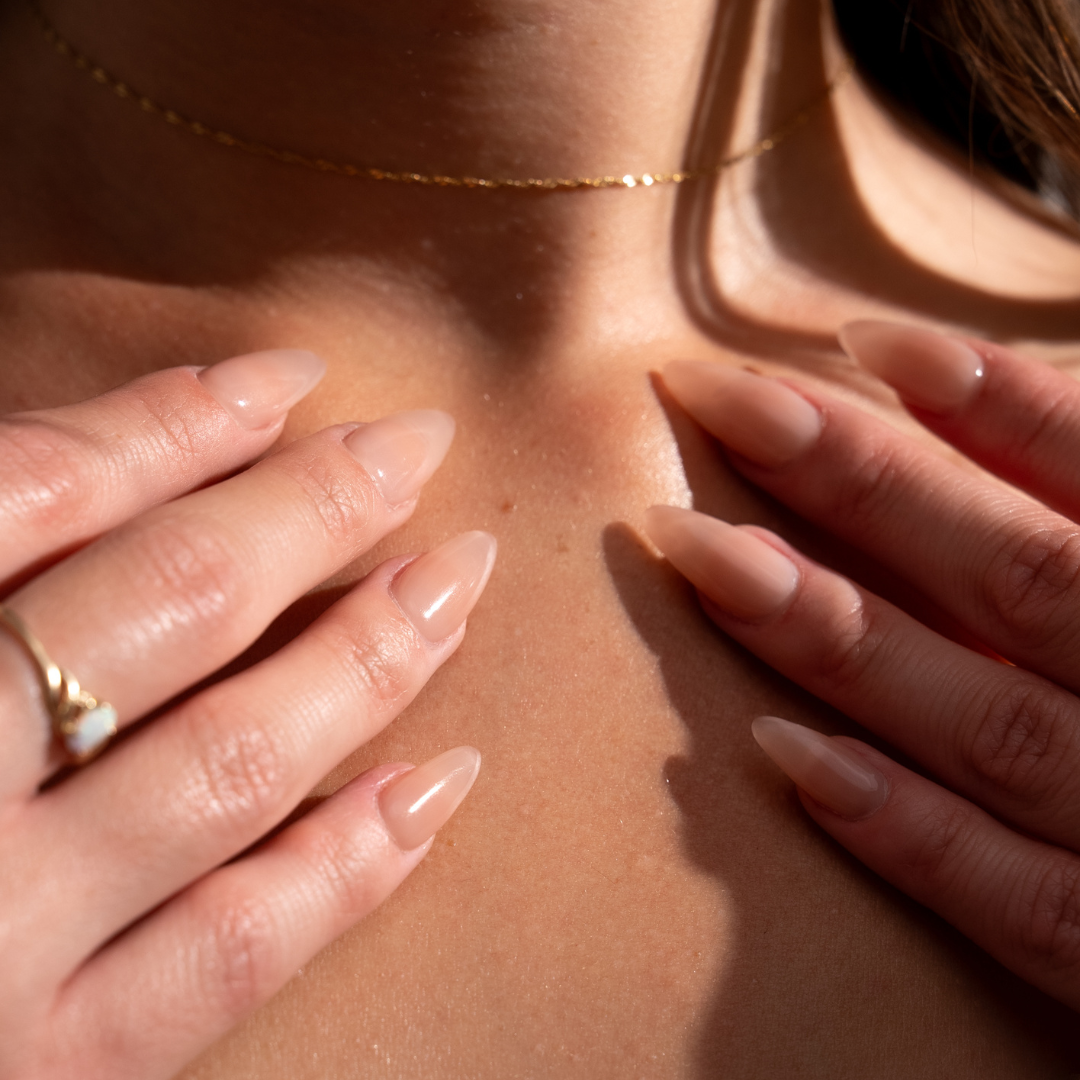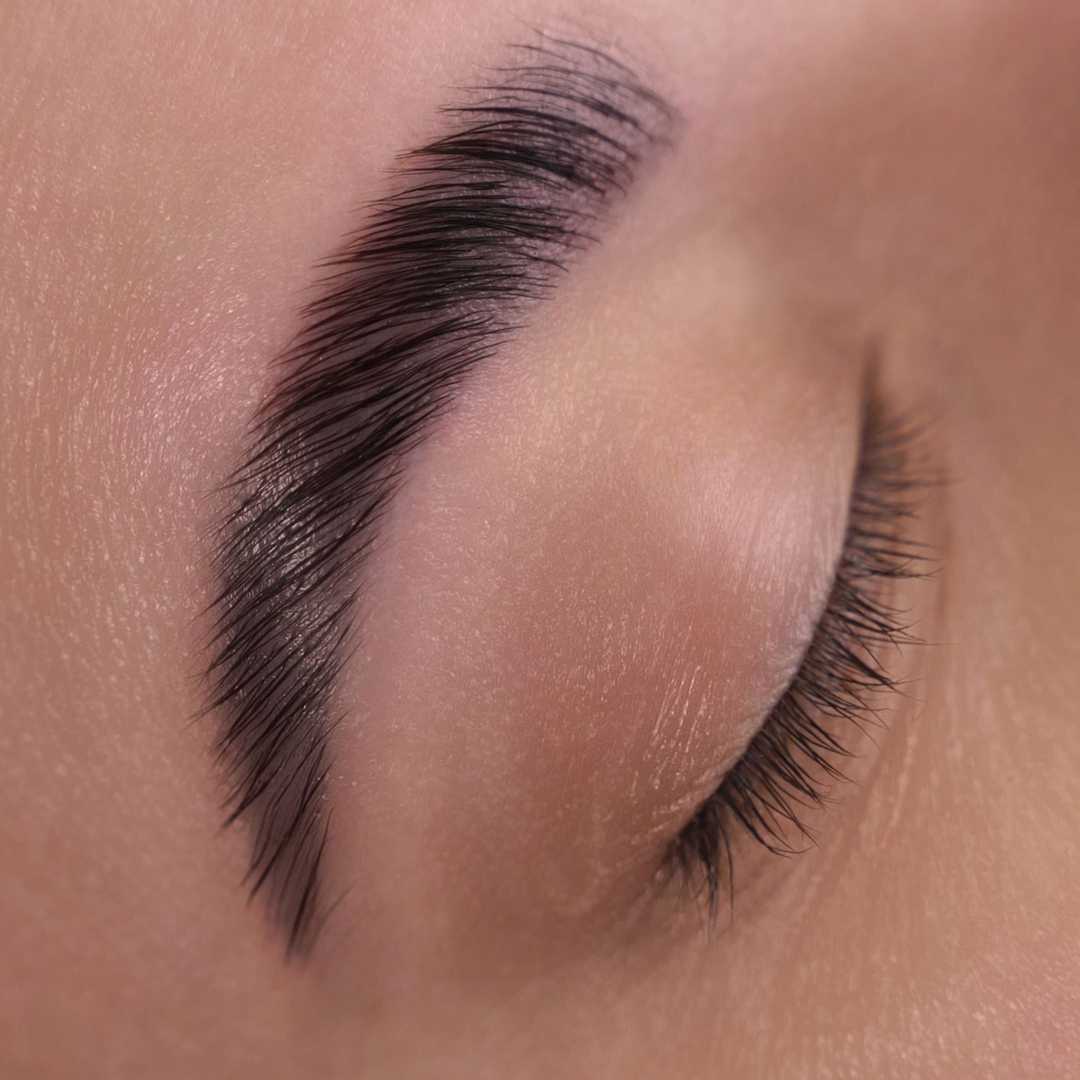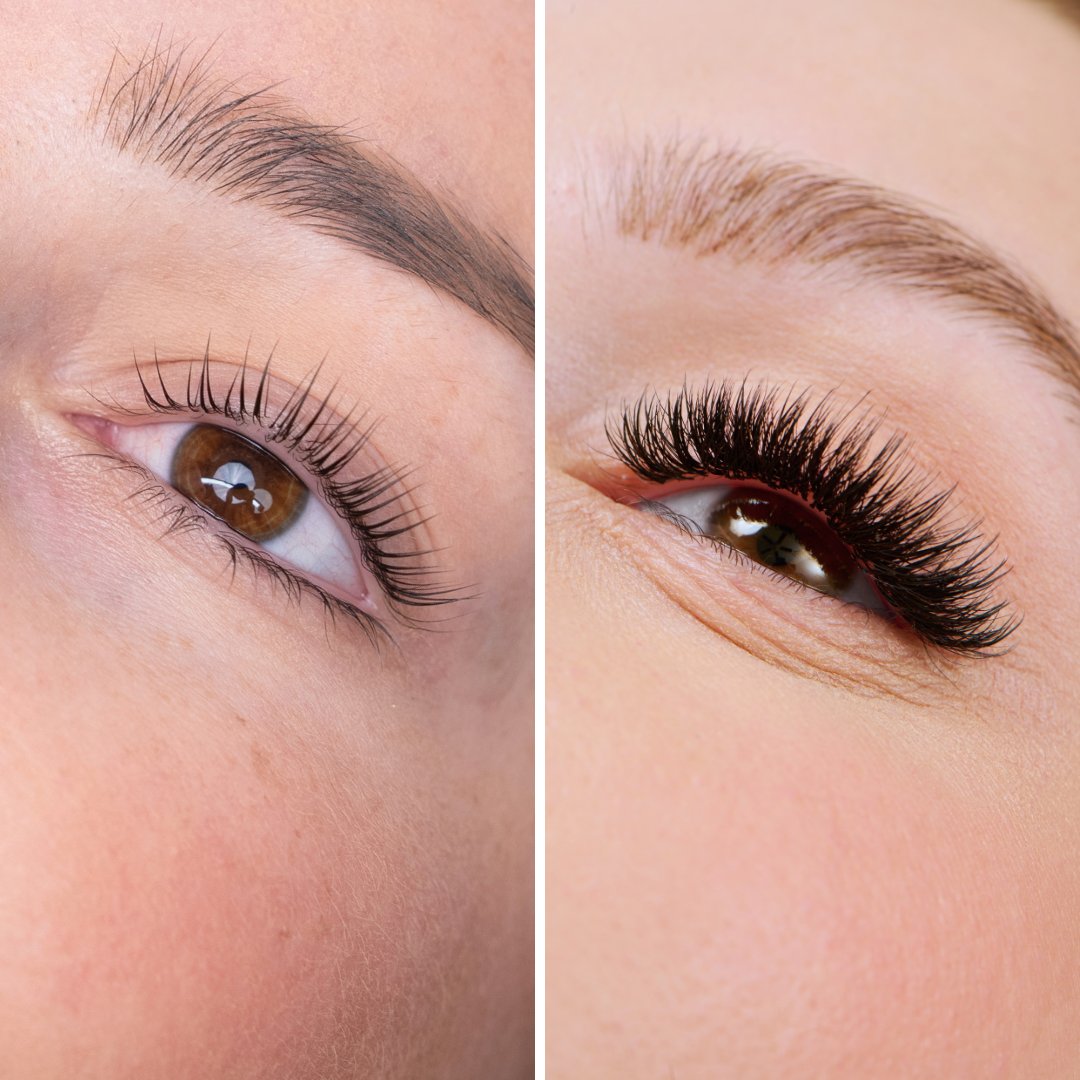Lash Bond vs Lash Glue | Difference Between Lash Glue and Bond
Lash Bond vs Lash Glue: The Difference Between Lash Glue and Bond
In the world of lash enhancements, the terms lash glue and lash bond are often used interchangeably, but they serve very different purposes. The topic of lash bond vs lash glue has become increasingly relevant as more consumers explore both professional lash extensions and DIY alternatives.
Let’s take a moment to clarify something important: In this case, “Lash Bond” refers to the flexible, stretchy, and temporary adhesive that adheres lash strips, segments, or clusters to the eyelid or lashes. This blog does NOT discuss what professional lash extension artists refer to as “lash bonder” which is a final step in the lash extension process helping to improve extension retention.
Whether you’re a professional lash tech or beauty enthusiast who is experimenting with DIY lashes at home, understanding the difference between lash glue and bond can be the key to not only better results, but the health and wellness of your (or your clients) lashes and eyes.
All About Lash Glue
To start comparing the differences of lash bond vs lash glue, let’s first get into the details about lash glue — better known as lash extension adhesive.
If you’ve ever had a full set of lash extensions done by a professional, the lash extension adhesive is the invisible force holding your look together. This powerful, fast acting adhesive is what makes professional lash sets last for weeks, but it’s definitely not designed for everyone or every situation.
What is Lash Glue?
If you’re new to the world of lashing, lash glue is the stuff we use to semi-permanently bond a lash extension to a client’s natural lash.
One of the main ingredients in eyelash extension glue is cyanoacrylate, which belongs in the superglue family. You’ll know it by a very quick cure that bonds almost instantly. It turns from liquid to solid in a matter of seconds, it's generally safe and durable but does require a professional license to use properly, and some additional precautions since it is a known eye and skin irritant. It’s designed for precision and long-term hold, bonding the extension to the natural lash until the lash sheds.
The most important thing to remember is that lash glue is for professional use only, and even if you’re licensed, you shouldn’t be using it on yourself since eyes need to be completely closed for the entire duration of the application.
The Benefits of Lash Glue
Here are a few benefits of cyanoacrylate-based eyelash extension adhesive, or lash glue:
-
It’s waterproof!
-
It sets very quickly! This means once lash glue is polymerized and solid, it becomes inert, meaning it no longer emits fumes or causes irritation making it comfortable for the clients eyes while ensuring great retention and wear.
-
Once it’s hardened, it won’t dissolve, making it safe and durable.
-
Long-lasting hold. Retention can last several weeks, depending on the adhesive type and client aftercare – or until they’re removed (see how to remove eyelash extensions)
Why Some Lash Techs Look for an Alternative
While lash glue is effective, it comes with its drawbacks. Most importantly, it requires licensing and training. Also, cyanoacrylate based adhesives are common irritants, and often, some people can get an allergic reaction or contact dermatitis from exposure. Once someone has an allergic reaction, they are likely no longer good candidates for eyelash extensions. Because of this, lash techs might look for an alternative so they can keep providing alternate lash services for their clients. Stick with us, we’re getting to that!
Due to the nature of lash glues polymerization process, it’s not only not recommended for segment, or cluster lash application, but should never, ever be used to apply cluster lashes, strip lashes, or segments to one’s self or clients. This is where lash bond comes in.
All About Lash Bond and Seal
We can’t compare lash bond vs lash glue without telling you all the details about lash bond (and the sealants that are used with it!)
As DIY beauty trends continue to grow and become more popular, so do DIY/cluster lash extensions. Lash bond and seal is perfect for applying lash clusters or segmented lashes at home. These user-friendly formulas offer a simplified alternative to professional adhesives, and the best part is, you can do it on yourself!
What is Bond and Seal?
Lash bond is specially formulated adhesive designed for segment lashes or DIY lashes. Unlike traditional lash glue that hardens, lash bond keeps more of an elastic, rubbery texture which makes it suitable for DIY lash application.
Seal is the optional (but highly recommended) product used to lock the bond in place. It reduces stickiness, boosts longevity and water resistance.
The Benefits of Bond and Seal
These are some of the benefits of lash bond, combined with seal.
-
User-friendly: lash bond is safe for at-home use, and does not require professional certification
-
Cyanoacrylate-free! (and Latex-free!) These formulas are often better for sensitive eyes.
-
Easy removal
-
Water resistance: sealing the bond helps with water resistance, and if you’re using TAD Brilliant Bond and Pristine Seal, you can even wash those lashes with Pure Cleanser!
Can it Really Replace Lash Glue, Though?
In short — no, not entirely. Lash bond cannot fully replace traditional professional lash extension adhesive, especially when it comes to the strength, precision and long term retention required for traditional lash extensions.
However, for those clients with sensitivities to cyanoacrylate or those looking for a more flexible, low commitment option, lash techs should consider offering cluster or segment lash applications as part of their service menu.
Using bond and seal for cluster lashes can provide a comfortable, lightweight alternative that still delivers beautiful results.
Lash Bond vs Lash Glue: So What’s the Difference Between Lash Glue and Bond?
In the end, the difference between lash glue and bond comes down to their unique ingredients and final dried or cured state. It’s not usually a question of, “do I use lash glue vs bond.” It’s more of “Am I applying professional extensions or clusters/strips?” that will give you the answer to which one you should be using.
Core Function and Purpose
When comparing lash bond vs lash glue, one of the biggest differences is their core function and purpose. Lash glue, or professional eyelash extension adhesive is meant for (semi)-permanent attachment of individual lash extensions by a licensed technician. On the other hand, lash bond is designed for temporary lash application of segmented lash clusters.
Application Timing
This part is huge - the difference between glue and bond is the application timing. Lash glue cures almost instantly and requires precise isolation and timing, while lash bond is much more forgiving and doesn’t dry or cure to a complete solid. It stays flexible, allowing time to reposition clusters before sealing, and allowing natural lashes to continue growing throughout their wear time.
Impact on Retention and Durability
One big thing to compare between lash bond vs lash glue is retention and durability. When properly applied by a professional lash artist, eyelash extensions applied one at a time with lash glue can last for weeks because they grow out and fall out with the natural lash cycle. Lash bond usually holds for 5-7 days attached to many lashes at a time, depending on the formula, application, and sealing.
Common Misconceptions About Lash Bond vs Lash Glue
Now let’s debunk some common misconceptions.
-
Myth: Lash bond and lash glue are interchangeable
-
Truth: They are chemically different and intended for different lash types and applications.
-
Myth: You can use lash glue at home for lash clusters.
-
Truth: Professional adhesives are not ever safe for self-use and pose a risk of eye injury and damage to the natural lashes.
-
Myth: Lash bond doesn’t last
-
Truth: With proper sealing, application, and prep, some bonds can last up to a week or more.
Is One Better Than the Other, Or Should You Have Both in Your Arsenal?
It’s not about one being better than the other, it’s about which one is right for the job. Professional lash artists need lash glue for extension sets and fills, while beauty enthusiasts benefit from the flexibility and ease of lash bond for cluster lash application.
They are both great tools and if you’re a service provider, you can offer both lash extensions and segment lashes.
Source the Best Lash Bond and Glue Online at PLA to Perform the Best Service Possible!
Whether you’re offering full sets or segment lashes, PLA has the eyelash extension supplies you need with the best options for both professional lash extension glue and DIY lash bonds and sealants. PLA is your number one source for wholesale lash extension suppliers!
Our formulas are trusted around the world for performance, sensitivity and longevity – so you know your lashes will stay in place no matter what kind of lash enhancements you’re using.
Final Words on Lash Glue vs Bond
Comparing lash bond vs lash glue is really like comparing apples to oranges. They are two completely different products. In a world where many beauty enthusiasts look forward to their bi-weekly maintenance extension appointments, there will always be those DIY girls who would rather do it themselves.
Lash looks are now more customizable than ever and understanding the tools you’re working with is key. Lash glue and lash bond both have their place — whether you’re in a professional salon or perfecting your routine at home. The key is choosing the right product for you or your clients’ needs.
